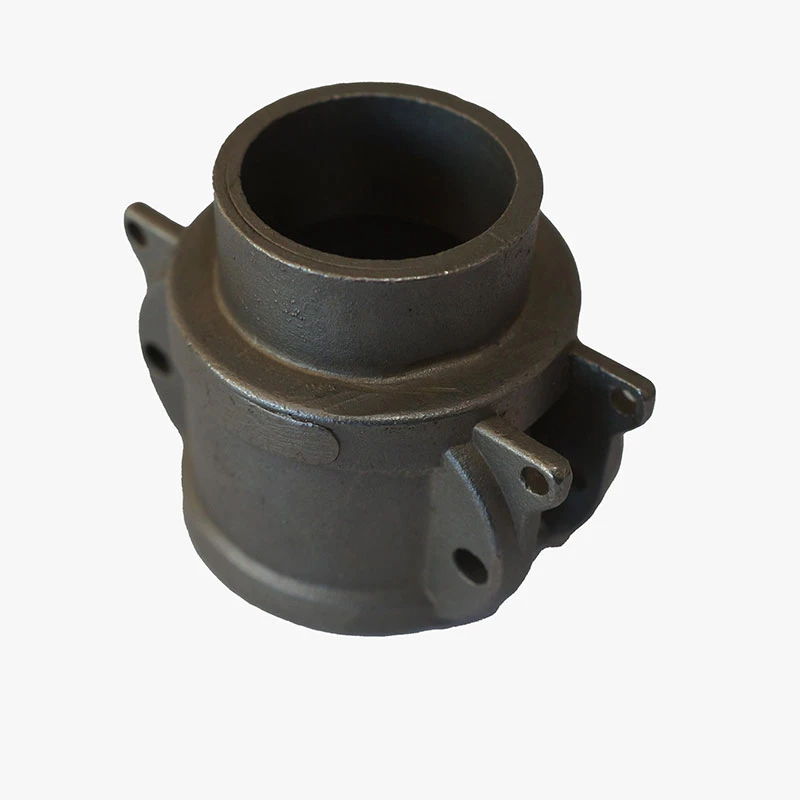Innovations and Benefits of Permanent Die Casting in Modern Manufacturing Processes
Understanding Permanent Die Casting A Comprehensive Overview
Permanent die casting is a widely used manufacturing process that involves injecting molten metal into a reusable metal mold, or die, to create precise and complex parts. This technique is particularly favored for producing large volumes of parts with high accuracy and excellent surface finish. In this article, we will explore the process, advantages, applications, and considerations associated with permanent die casting.
The Process of Permanent Die Casting
The process of permanent die casting begins with the design and fabrication of a metal die. The die is typically made from steel or iron and consists of two halves that fit together to form a cavity in the shape of the desired part. Once the die is ready, the process begins by heating the die to a specific temperature, which helps to reduce the viscosity of the molten metal and ensure that it fills the mold effectively.
Next, molten metal, usually aluminum, zinc, or magnesium, is injected into the die cavity under high pressure using a hydraulic or mechanical injector. The high pressure allows the molten metal to fill intricate details of the mold, resulting in high precision and minimal porosity in the final product. Once the metal has cooled and solidified, the die is opened, and the finished part is ejected. This process can be repeated multiple times, making it suitable for mass production.
Advantages of Permanent Die Casting
Permanent die casting offers several significant advantages over other manufacturing processes. One of the most notable benefits is its ability to produce complex geometries with tight tolerances. The high precision achievable in permanent die casting often eliminates the need for secondary machining, reducing production time and costs.
Additionally, the durable metal dies used in this process can withstand high temperatures and pressures, allowing for the consistent production of high-quality parts. The surface finish of die-cast products is typically superior compared to parts produced by other methods, which can improve the aesthetic appeal and functionality of the parts.
Moreover, this method is environmentally friendly, as it minimizes material waste. The reusable nature of the dies also contributes to lower long-term costs, particularly for high-volume production runs.
permanent die casting

Applications of Permanent Die Casting
Permanent die casting is used across various industries, including automotive, aerospace, electronics, and consumer products. In the automotive industry, it is commonly employed to manufacture engine blocks, transmission cases, and other structural components, where lightweight and strength are crucial. The aerospace sector utilizes die casting for its lightweight and complex parts that meet stringent regulatory standards for safety and performance.
In the electronics industry, die casting is used to create housings and components that require precise dimensions and reliable performance. Additionally, it finds its place in consumer products, where it is used to produce fixtures, frames, and decorative elements.
Considerations and Challenges
While permanent die casting has many advantages, certain challenges should be considered. The initial cost of creating custom metal dies can be high, which may not be feasible for low-volume production. Additionally, the process is best suited for metals with lower melting points; thus, it may not be applicable for all materials.
Another challenge is the potential for defects such as gas porosity and surface blemishes, which can occur if the process parameters are not carefully controlled. Continuous monitoring and fine-tuning of the process are essential to ensure consistent quality.
Conclusion
Permanent die casting is a highly efficient manufacturing technique that offers precision, durability, and excellent surface quality for a wide range of applications. It is particularly advantageous for industries requiring high-volume production of intricate parts. By understanding the process, benefits, and challenges associated with permanent die casting, manufacturers can make informed decisions to enhance their production capabilities and meet the demands of the modern market.
-
Crawler Drilling Rig - Baoding Hairun|Confined Space Drilling&Mine SafetyNewsAug.15,2025
-
Drill For Confined Spaces-Crawler Mounted Drill Rig | Crawler Drill Rig for SaleNewsAug.15,2025
-
Premium OEM Auto Parts & Stamping - Reliable ManufacturersNewsAug.15,2025
-
Crawler Drilling Rig for Confined Spaces-Baoding Hairun MachineryNewsAug.15,2025
-
Drill For Confined Spaces - Baoding Hairun Machinery And Equipment Trading Co., Ltd.NewsAug.15,2025
-
Advanced Crawler Drilling Rig - Baoding Hairun Machinery | Underground Mining SolutionsNewsAug.14,2025















